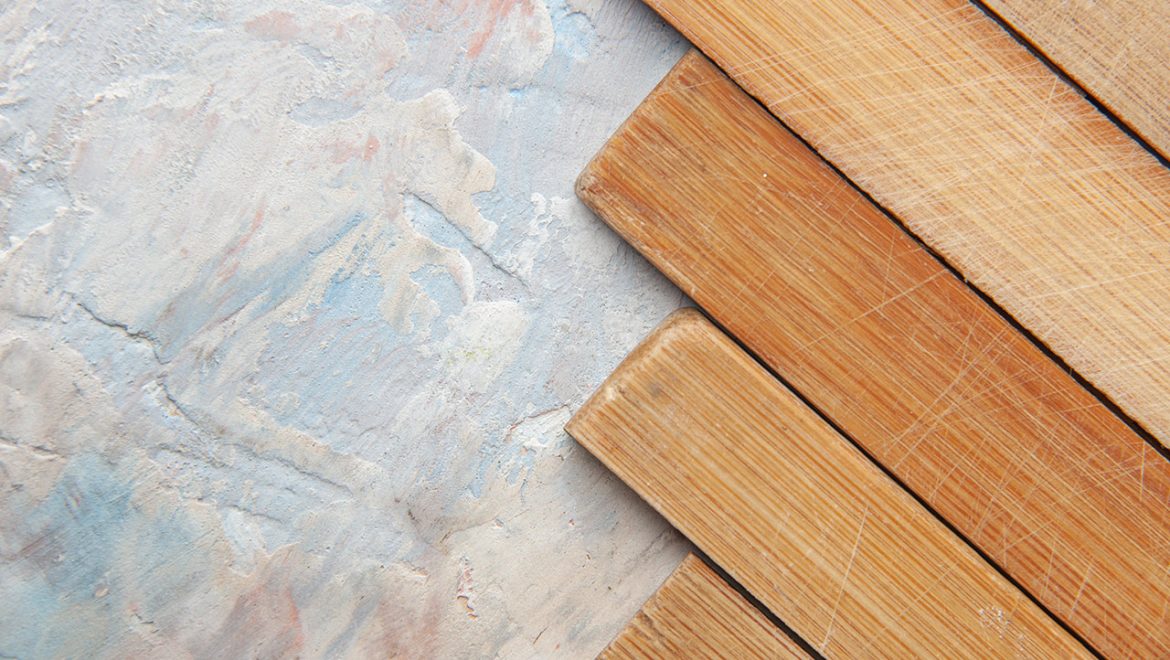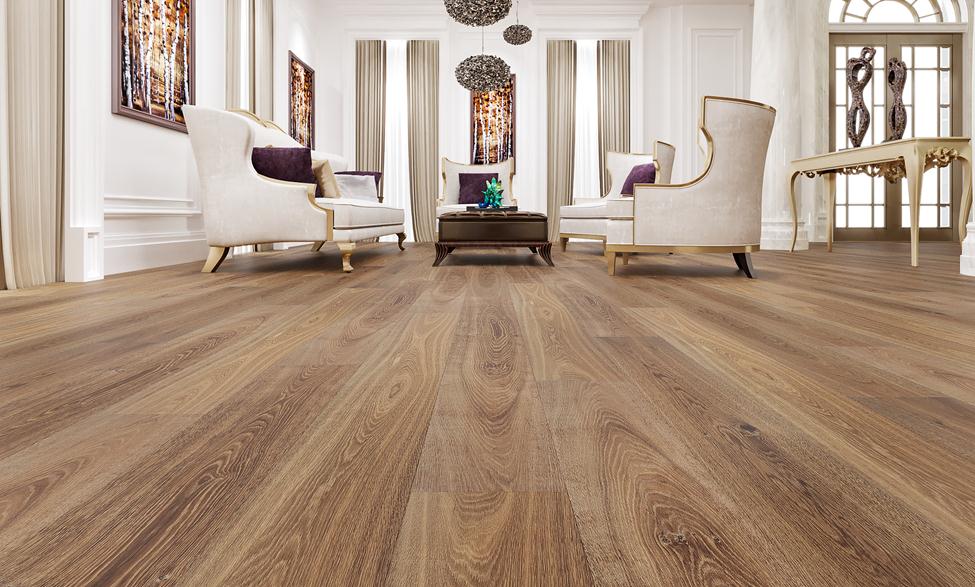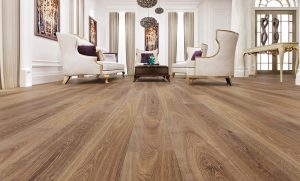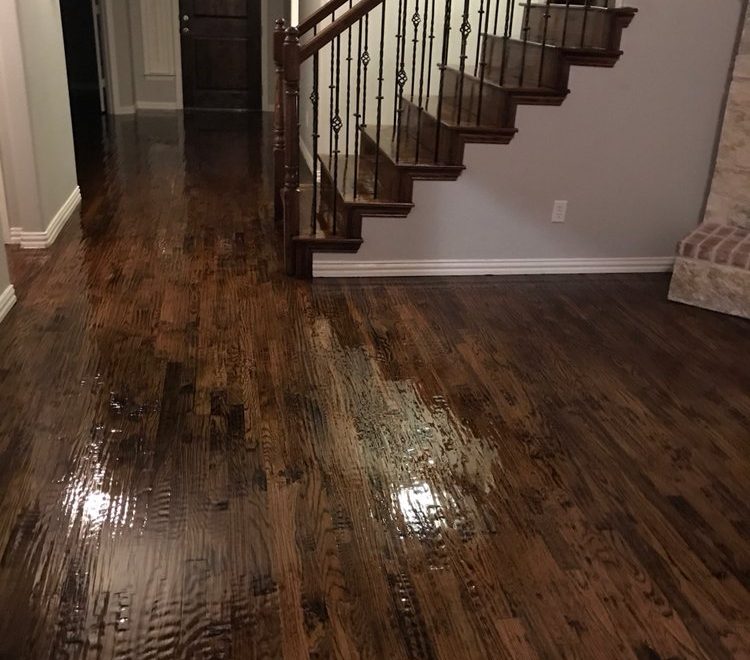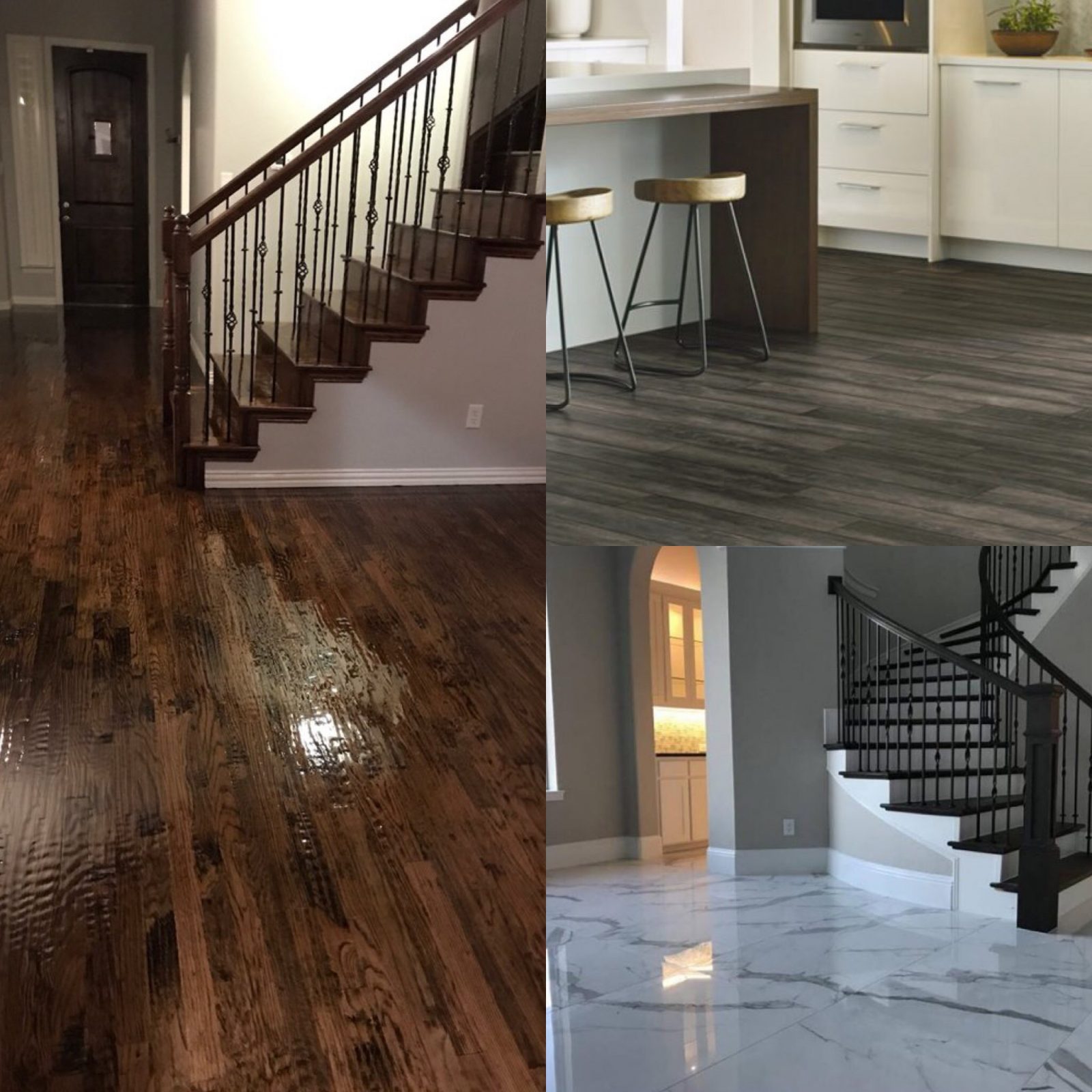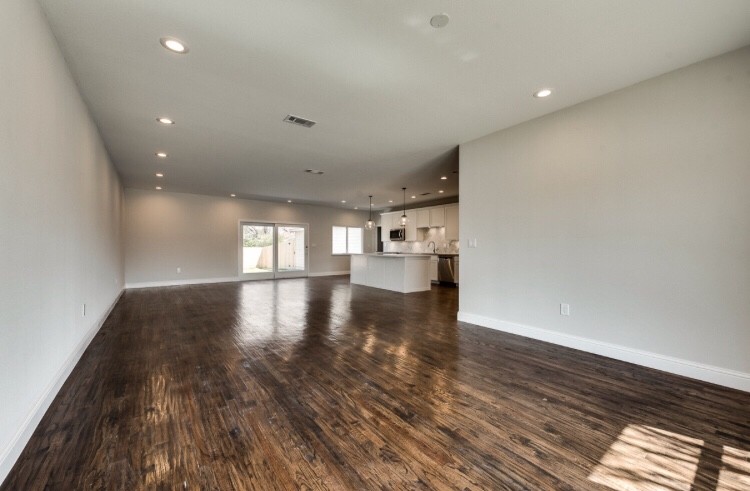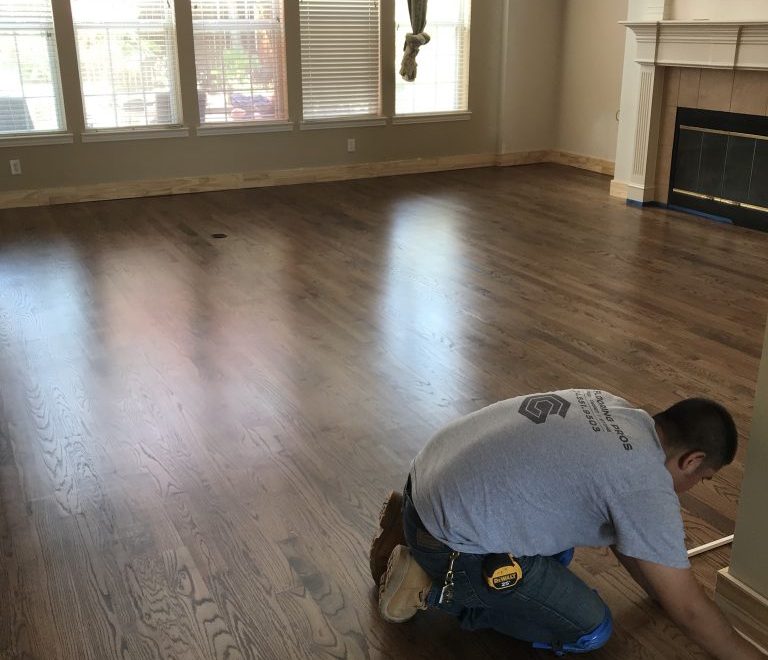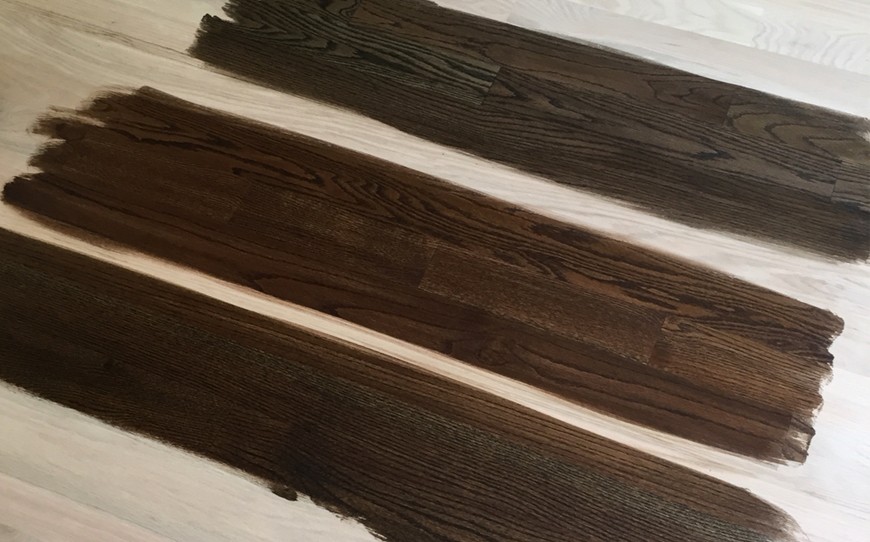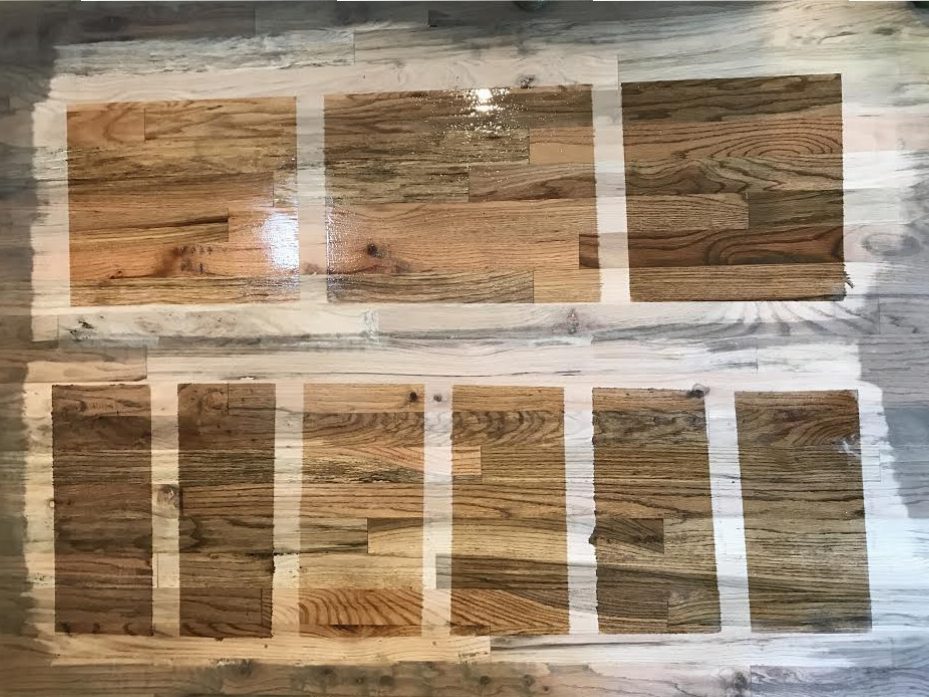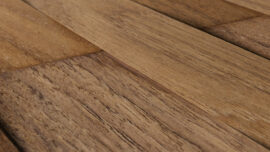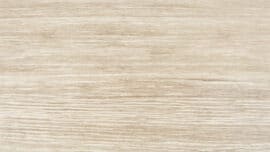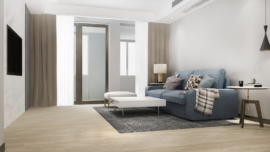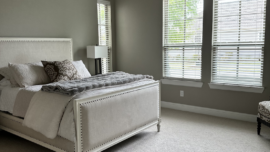How To Match Wood Floor Colors To Walls (+ 7 Great Color Ideas)
Have you ever walked into someone’s home and instantly felt a sense of warmth, coziness, or drama? The way a room is designed and decorated can have a huge impact on how we perceive it. One of the most important elements in any room design is the color scheme.
In this blog, we will discuss how (and why) to match wood floor colors to walls and provide you with 7 great color ideas that can transform your home into a place that inspires and nurtures your soul.
How To Match Your Wood Floor Colors To Walls: Color Theory
Let’s discuss the basics of color theory. Color theory is a set of principles used to understand how different colors relate to each other. It involves understanding the color wheel and the relationships between colors.
The color wheel is a visual representation of the primary, secondary, and tertiary colors. Primary colors are red, yellow, and blue. Secondary colors are created by mixing primary colors. For example, orange, green, and purple are the secondary colors. Tertiary colors are created by combining a primary color with a secondary color.
When it comes to matching wood floor colors to walls, you should consider the mood and atmosphere that you want to create in the room. Warm colors like red, orange, and yellow can create a cozy and inviting atmosphere. Cooler colors like blue and green can create a more calming and soothing atmosphere. Neutral colors like beige, cream, and gray can provide a subtle and sophisticated backdrop for other elements in the room.
Complementary vs Contrasting Color Choices
There are two main approaches to matching wood floor colors to walls: complementary and contrasting. Complementary color schemes involve pairing colors that are opposite each other on the color wheel.
For example, green is opposite red on the color wheel, so they are complementary colors. Contrasting color schemes involve pairing colors that are adjacent to each other on the color wheel. For example, blue and green are adjacent to each other on the color wheel, so they are contrasting colors.

Now that we have a basic understanding of color theory, it’s also important to know and understand the undertones of your hardwood floors in order to properly select a coordinating wall color.
How To Determine Hardwood Floor Undertones
To determine the undertones of your hardwood floors, you can use the following steps:
- Clean your hardwood floors: Before you can determine the undertones of your hardwood floors, you need to clean them thoroughly. Use a hardwood floor cleaner and a mop to remove any dirt, grime, or debris that may be on the surface of your floors.
- Examine your hardwood floors in natural light: Once your floors are clean, examine them in natural light. Stand in the room and observe the color of your hardwood floors in natural light. This will help you see the true color of your floors without any artificial lighting.
- Look for warm or cool tones: Look for warm or cool tones in your hardwood floors. Warm tones will have a yellow, red, or orange tint, while cool tones will have a blue or gray tint.
- Consider the species of wood: The species of wood used for your hardwood floors can also affect the undertones. For example, red oak has warm undertones, while white oak has cool undertones.
- Use a color chart: You can also use a color chart to determine the undertones of your hardwood floors. Hold the color chart next to your floors and compare the colors to see which ones match.
By using these steps, you can determine the undertones of your hardwood floors and select paint colors that complement them.
Let’s dive into some great color options!
7 Great Color Ideas For Your Wood Floors And Walls
-
Neutral on neutral
If you’re looking for a sophisticated and timeless look, consider pairing neutral wood floors with neutral walls. For example, you could pair light wood floors with cream or beige walls. This creates a subtle and understated backdrop for other design elements in the room, like furniture, artwork, and accessories.
-
Cream and gray
If you want to add some subtle color to your neutral palette, consider pairing cream wood floors with gray walls. This creates a monochromatic look that is soothing and calming. You can add pops of color with furniture, pillows, and accessories.
-
Bold and beautiful
If you want to make a statement, consider pairing dark wood floors with bold and bright walls. For example, you could pair dark wood floors with red or navy walls. This creates a dramatic and unforgettable look that is perfect for a statement room like a home office or dining room.
-
Blue and beige
If you want to create a soothing and calming atmosphere, consider pairing light wood floors with blue walls. For example, you could pair light wood floors with a soft blue-gray or a robin’s egg blue. This creates a beachy and relaxed vibe that is perfect for a bedroom or living room.
-
White and wood
If you want a clean and modern look, consider pairing white walls with light wood floors. This creates a fresh and airy atmosphere that is perfect for a small space or apartment. You can add pops of color with artwork, furniture, and accessories.
-
Green and brown
If you want to create a natural and earthy vibe, consider pairing green walls with brown wood floors. This creates a forest-inspired palette that is perfect for a home office or reading nook. You can add plants, natural materials, and other organic elements to complete the look.
-
Gray and gold
If you want to create a luxurious and sophisticated vibe, consider pairing gray walls with gold wood floors. This creates a chic and glamorous look that is perfect for a formal living room or dining room. You can add metallic accents, like gold or silver, to enhance the effect.
Conclusion
In conclusion, matching wood floor colors to walls is an important aspect of designing any room. Whether you want a cozy and inviting atmosphere or a sophisticated and luxurious vibe, there is a color scheme that can help you achieve your design goals. Consider the mood and atmosphere that you want to create in each room, and use color theory principles to guide your choices.
If you’re not sure which colors to choose or how to pair them together, don’t be afraid to experiment and try out different combinations. You can use online tools, like Pinterest or Canva, to create mood boards and visualize the different color schemes in a room before you begin. You can also consult with a flooring expert for professional advice and guidance.
With the right color scheme and proper maintenance, you can transform your home into a place that inspires and nurtures your soul for years to come!


